I learned a lot about designing drought-tolerant gardens and xeriscapes while I was vacationing in Osoyoos, BC. The thing that stood out the most was that you can have a colorful garden—full of flowers and wildlife—that requires much less water. Join me on a tour of drought-tolerant landscapes and pick up some water-wise ideas for your own garden.
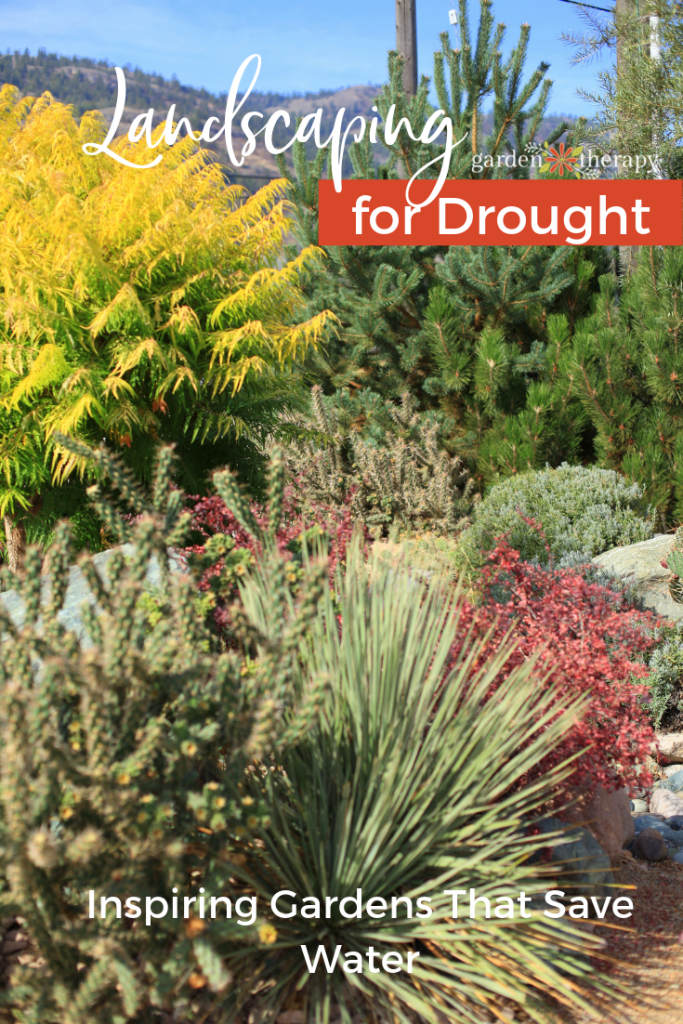
I live in a rain forest. Well, I used to live in a rain forest. I’m not sure the powers that be are quite ready to change the classification of our climate just yet, but it certainly is changing here in Vancouver, BC, Canada. Winters are milder and summers are considerably drier than they used to be.

This hasn’t yet fully changed the landscape the way has in California (with the exception of areas damaged by wildfire, which have also increased with the dry summers), but what it has done is made a lot of us who live here think a more about the value of water and water conservation. Water resources are dwindling around the world and, according to a recent study conducted by UNESCOfollow, if water consumption continues at its current rate 50 billion people will have scarce access to water by the year 2050.

Visiting Osoyoos showed me that you can have gorgeous landscapes and fabulous gardens with plenty of plants that support wildlife and beneficial insects, all while preserving precious water. 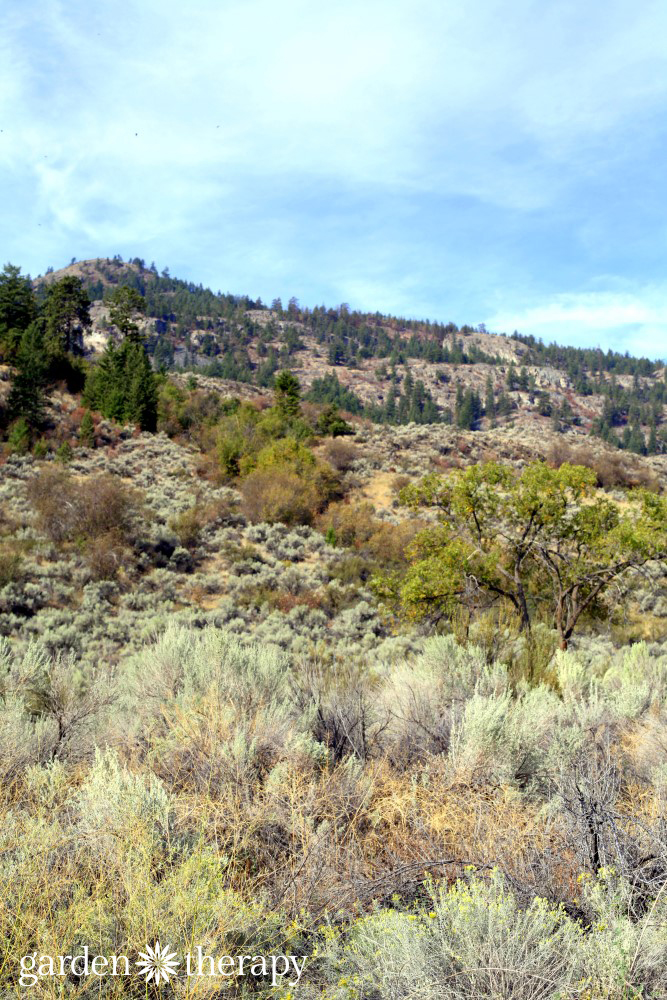
This is what it says about Osoyoos on the Osoyoos.ca website:
Osoyoos is located in one of the most unusual geographical regions in Canada.
The community lies in the shadow of the Cascade Mountains creating a hot, sunny, dry climate. For this reason, the area boasts its own climate zone called “Osoyoos Arid Biotic Zone.” Canada’s lowest annual precipitation, warmest annual temperature, and warmest fresh water lake can be found here. This arid zone is the northern tip of the Sonoran Desert which extends from Mexico into Canada.
It is biologically classified as Canada’s only desert because of the unique flora and fauna that call the area home.
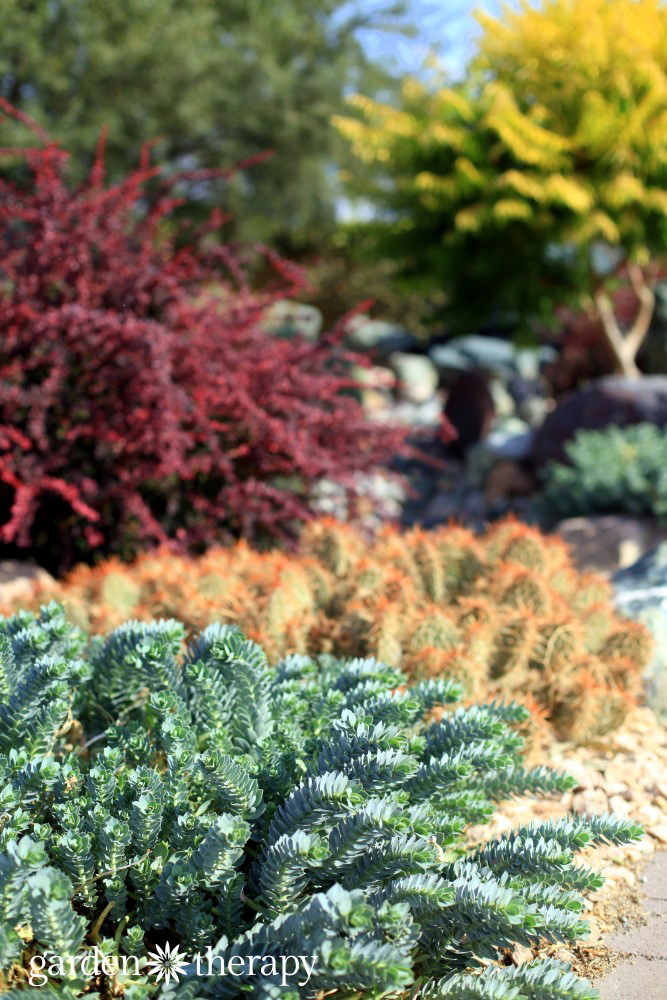
Changing our gardens, and changing the way we garden, is the best way to adapt to changing climate demands. I must stress that removing gardens altogether and replacing lawn with plastic turf is far worse for our environment than adapting to drier climates and changing water supply.
There are many options for making your home garden more water-wise. Choose drought-tolerant plants like succulents, cacti, and these hardy perennials. Collect rainwater in a barrel and use that to water your plants as much as you can. Use mulch to retain moisture in your garden and water only when you really need to.

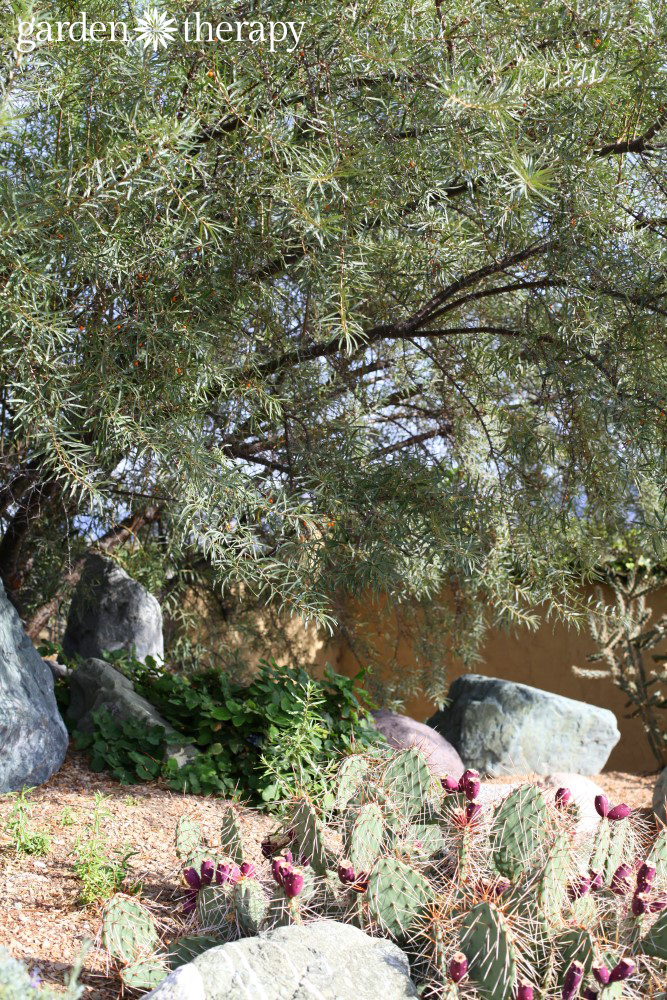
Whatever you do to conserve water, the answer isn’t to stop gardening. To remove all plants from your home landscape removes the food and shelter for the insects and wildlife that share the space with you. Allowing trees to die from drought removes essential shade and air filtering. If you want to grow your own food, you need pollinators. If you want to enjoy parks under shady trees, you need birds and critters. Even urban centers without plants become “heat islands” with concrete absorbing and radiating heat that can become unbearable for residents.
One thing I do support is replacing lawns with gardens or, at very least, managing those water-guzzling lawns with less. I’m grateful to see that most of our city let their lawns go brown this summer. I’ve been doing this every year for as long as I can remember because as I wrote in a previous article about organic lawn care, turfgrass actually needs to go dormant when it’s hot in the summer to survive and maintain health. Allowing grass to go brown in the summer is not allowing the grass to die! It’s allowing it to go dormant. You can read more about that here.
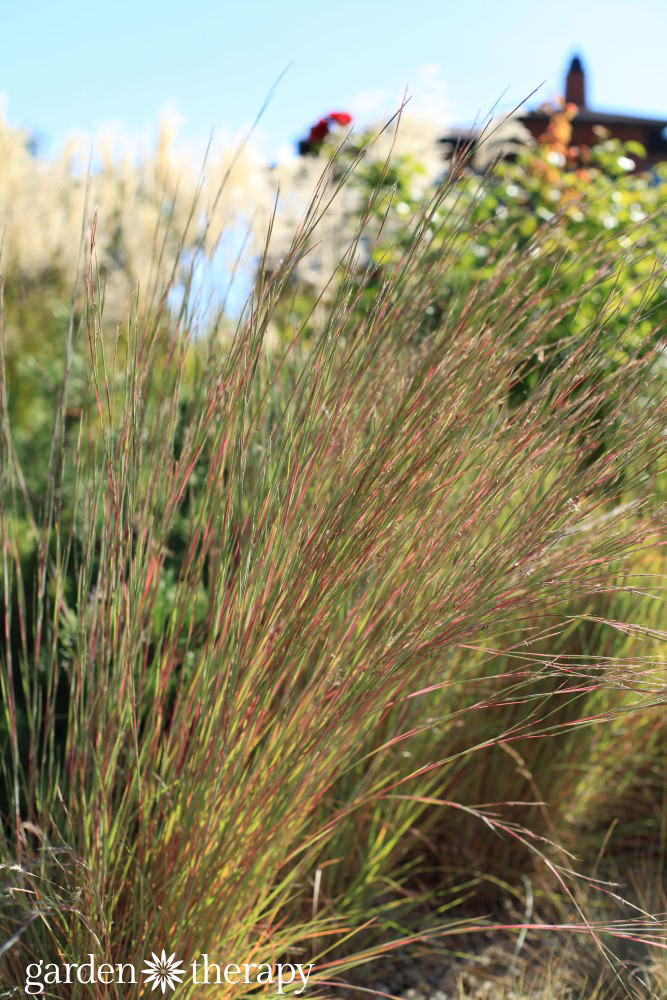
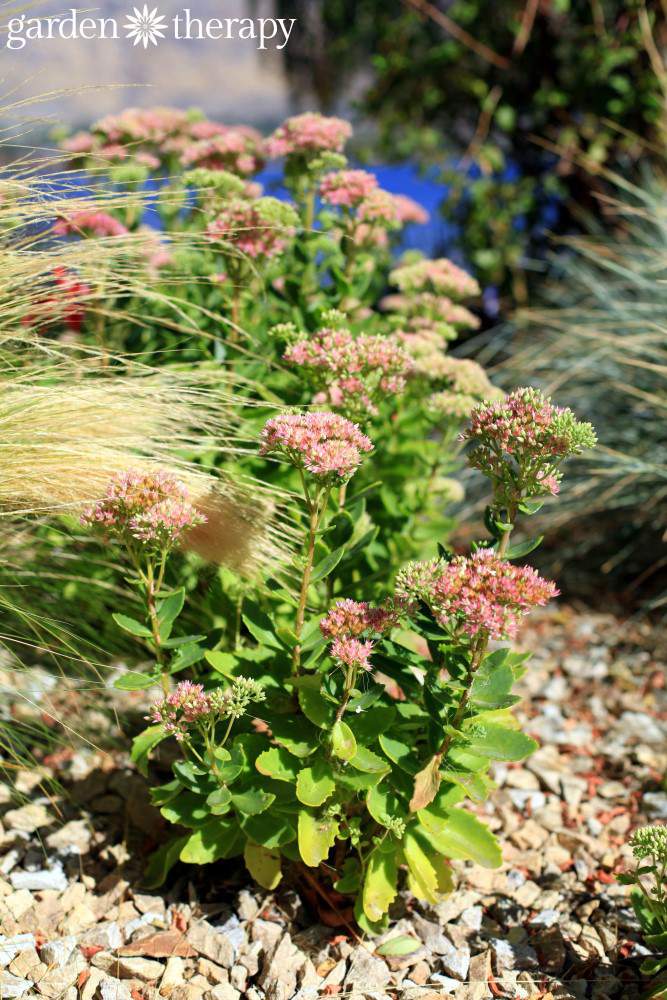
We can still grow plants, have gardens, and create a beautiful environment as long as we adapt and change. As you can see from the photos in this post there are many beautiful options for landscaping for drought.







I live in a pretty dry area, so not many plants grow very well. It’s cool that you were able to find plants that support wildlife, but also preserve water. Those are the kinds of plants I’m looking to put in my yard. Maybe I can find some attractive cactus’s. I wonder if a contractor has different ideas than your own.
We actually just got back from visiting Osoyoos! The family heads there every year to escape the Vancouver rain and enjoy the lake. I was reading about how they have drought problems due to the fact it’s so dry and I could not agree more. We would walk through the town and people had replaced their front lawns with either rock gardens or some other type of material in the absence of the grass. However, I don’t blame them for the simple fact at how much water it would take to maintain any sort of grass around their houses. Personally, I’m a landscaper so this information is very useful for someone like myself gathering new info.
Stephanie is was an amazing post. Will bookmark it and use it in future as I’m planning to beautify my backyard an now my main reason for resistance will be flown away with this information.
Love from a loyal reader.! Thanks.
Thanks for sharing!
It’s strange because living in Ireland I would have thought that the climate in Canada was more like here and that drought conditions would be rare. I know recently here at home we have had one or two really hot summers where we have had many weeks without rain and even water hose bans and a ban on car washes.
It’s true seasons are changing and climate change is more visible now then ever before. And I agree we need to manage or plants resources better. In the last year or so I have started using mulch a lot more around plants, shrubs and trees. I have found this really locks in the moisture around the plants, trees etc. I also have started using a large barrel to collect rain water and I feel the plants are benefiting from this. I hope I’m right assuming this and not just imagining it. If you could confirm if this is true or not in your experience I would appreciate it. This year I will make a change and try buy new robust plants that need less water and see can I make a small difference. I would love to keep up to date with more of these articles if you can let me know where I can find them.
Kind Regards
Chris